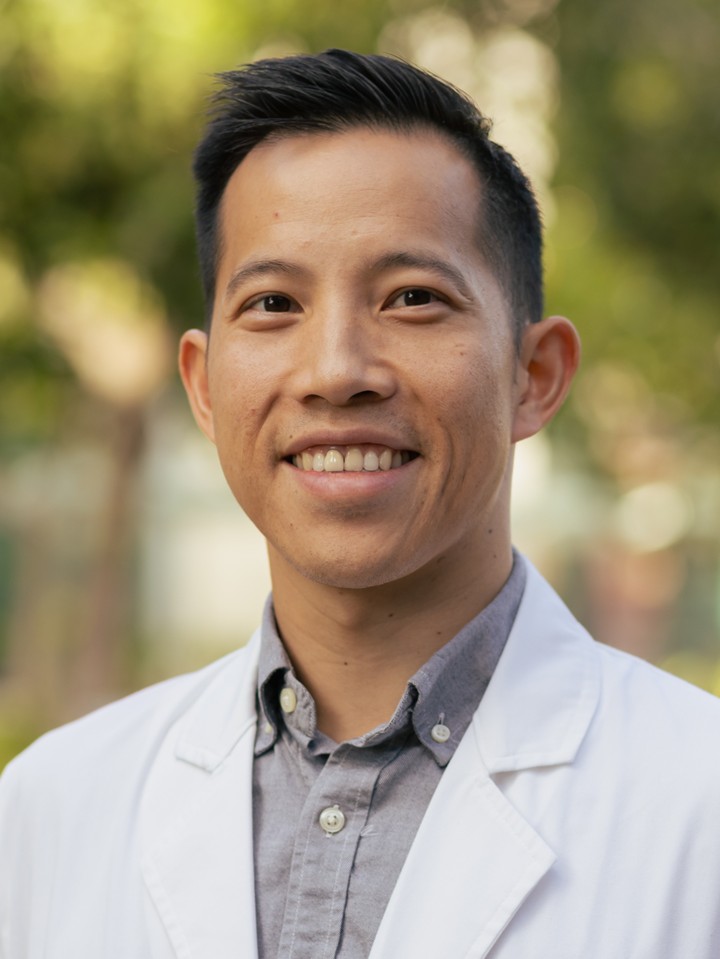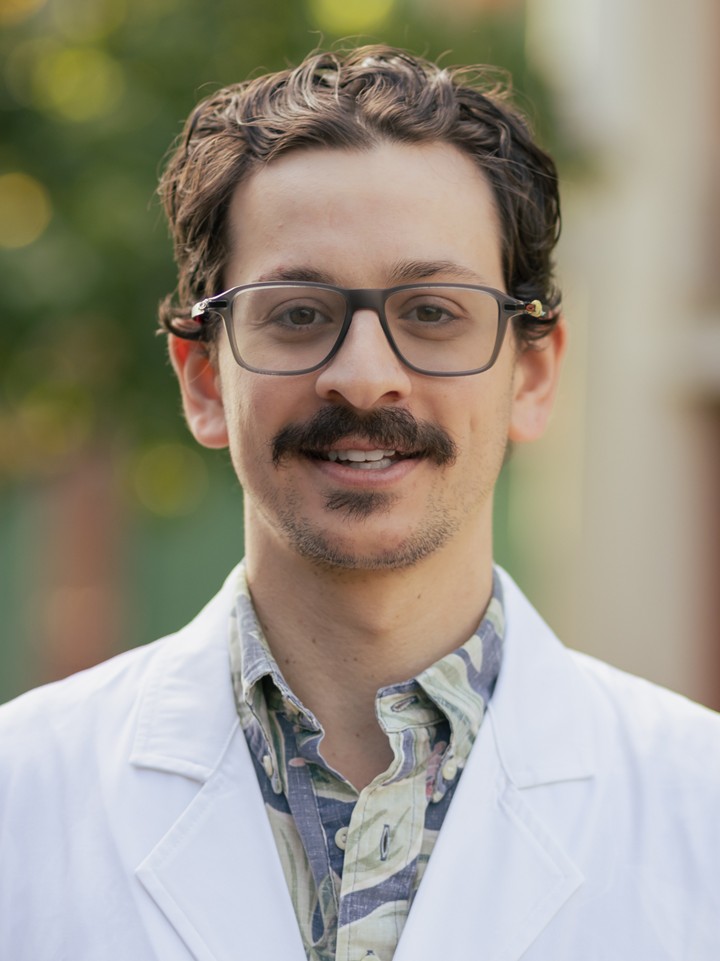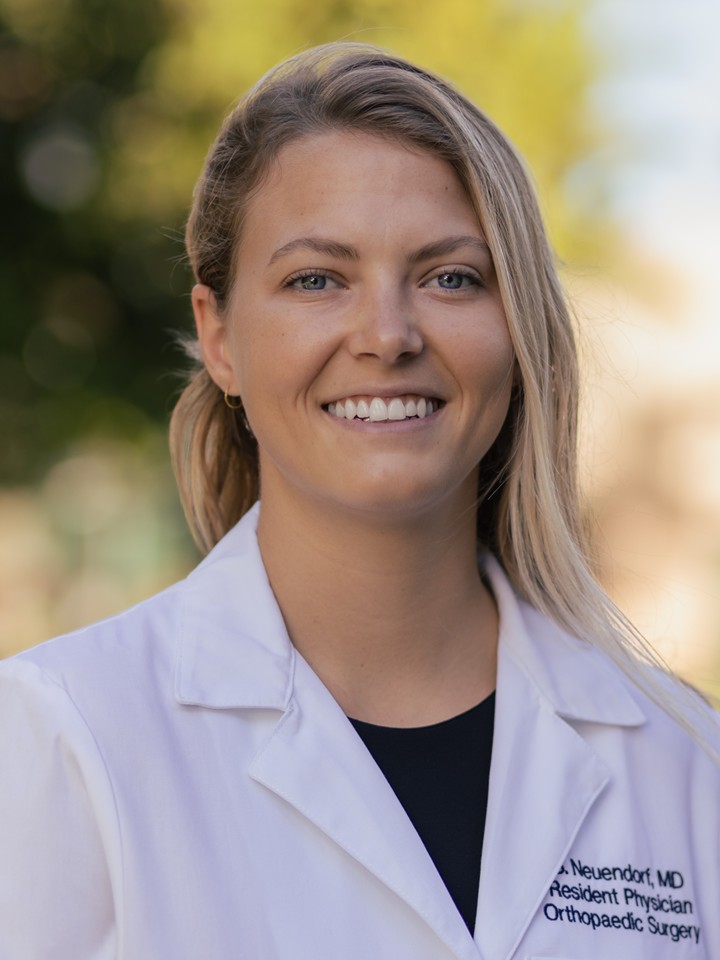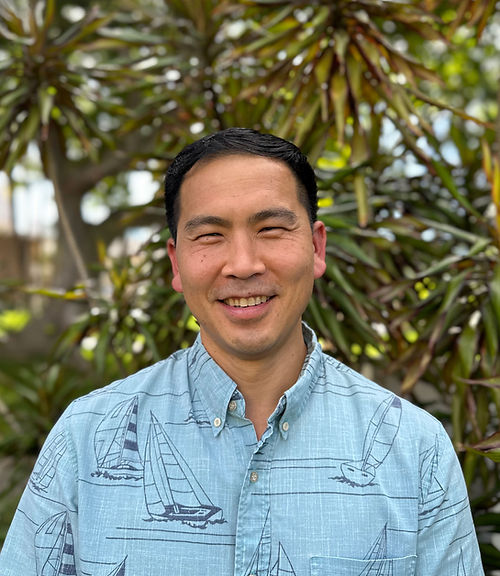
About
The University of Hawaii Orthopaedic Residency Program is an ACGME-accredited five-year orthopaedic training program under the auspices of the University of Hawaii John A. Burns School of Medicine. The program is accredited for ten resident positions. The Program offers 2 Categorical positions per year with two entry tracks: the traditional 5-year Track and a 6-year Research Track which includes a research year between PGY-2 and PGY-3.
The University of Hawaii Program operates in a community hospital system in which patients are admitted and treated by private surgical attending physicians. The training of orthopaedic residents takes place at The Queen’s Medical Center – Punchbowl (Primary Training Site, only Level I trauma center in Hawaii) along with other major participating sites. The Orthopaedic Residency Program seeks to prepare residents to become orthopaedic surgeons of the highest caliber by providing a rich educational experience in a variety of clinical settings. The three main program components: curriculum, research, and patient care are structured to offer the knowledge, skills, attitudes/behaviors, and clinical judgment needed for the practice of orthopaedic surgery.
The University of Hawaii Orthopaedic Residency Program was initiated in 1970 with its first graduate in 1973. At that time, the training Program was three years in length and graduated one resident per year. The Program expanded to a four-year program in the early 1980’s with two graduates per year. In 1987, the Program added a one-year research fellowship in orthopaedics. In July 2000, the Program converted to a five-year program to include the PGY-1 internship year.
To educate and prepare qualified individuals to fulfill his/her personal and professional goals as an orthopaedic surgeon. To provide the best orthopaedic care available to the people of Hawaii.
The program’s educational philosophy emphasizes a collegial, non-threatening atmosphere where residents are given all of the tools needed to become superior orthopaedic surgeons able to practice safely and independently. The program emphasizes early and active operative participation with gradually increasing responsibility to provide safe and efficient orthopaedic patient care in the community.
Graduate competent general orthopaedists able to secure high-tiered subspecialty fellowships and return to Hawaii to live, practice, and teach in the community.
Core Faculty & Staff
Program Details
Curriculum
The educational program and overall training experience is designed to follow the tenets of the Accreditation Council for Graduate Medical Education (ACGME) and the American Board of Orthopaedic Surgery (ABOS). The program, via the Institution (the John A. Burns School of Medicine & Hawaii Residency Programs, Inc.) provides the full scope of operative, clinical, and research opportunities required to produce orthopaedic surgeons capable of practicing competently and independent of supervision after five years of training.
Conferences
Our strong didactics program consists of dedicated teaching days with conferences scheduled primarily on Tuesday mornings protected from clinical duties. Residents direct and manage the Queen Emma Clinic which cares for the indigent after didactics on Tuesdays. Grand Rounds or Morbidity & Mortality conferences are held on Wednesdays mornings. Weekly subspecialty rounds are held on Monday and Tuesday mornings. Fracture conferences are held on Friday mornings. Skills Training Modules and cadaver labs are held longitudinally throughout the academic year.
Required Curriculum Out-of-State Courses (subject to change)
Our residents attend several out-of-state conferences and “hands on” educational courses during their training.
PGY-2: AONA Basic Principles & Techniques of Operative Fracture Management
Research Fellow: Orthopaedic Research Society (ORS) Annual Meeting
PGY-3: AANA Fundamentals in Arthroscopy
PGY-4: Subspecialty Course of Choice
PGY-5: Board Review Course
Rotation Schedule
PGY-1
The resident’s first year of training includes three 4-week blocks of general surgery rotations including general surgery trauma and surgical intensive care. The resident’s first year also includes three months on non-orthopaedic surgery rotations: vascular surgery and plastic surgery, six weeks each. The remainder of the first year is spent on orthopaedic surgery rotations designed to enhance the resident experience in the care and management of orthopaedic patients (inpatient and outpatient). Formal instruction in basic surgical skills, implemented longitudinally over the course of the first year of training, is also included to help prepare the PGY-1 to participate in orthopaedic surgery cases. The American Board of Orthopaedic Surgery surgical skills modules experience is designed to integrate with skills training in subsequent post graduate years.
PGY-2
The resident’s second year of orthopaedic training includes eleven months of adult orthopaedics and fracture/trauma at the Queen’s Medical Center (ACS Level I Trauma Center). The resident has on-call duty approximately every fourth night. PGY-2 residents work closely with the Chief Residents and the attending physicians. Physician extenders (PAs) are available to assist – this ensures that the resident experience maintains a high education over service value. Six-weeks of the PGY-2 year is spent on a subspecialty hand rotation. The resident does not have on-call duties during this subspecialty rotation.
PGY-3
The resident’s third year of orthopaedic training includes a two-month rotation spent at Tripler Army Medical Center where the resident is exposed to extensive outpatient orthopaedics, including foot and ankle and orthopaedic oncology. Two months of pediatric orthopaedics training is also included in the third year at Kapiolani Medical Center for Women and Children. During the PGY-3 year, the resident has multiple six-week clinical specialty rotations including spine, foot and ankle, total joint and adult reconstruction, as well as a subspecialty elective of choice. Electives at host institutions outside of the University of Hawaii are allowed with Program Director and DIO approval. The resident also returns to the Trauma Service at Queen’s to allow the PGY-2’s to participate in the above-described subspecialty rotation. *Subject to change
PGY-4
The resident’s fourth year of orthopaedic training includes three months each of pediatric orthopaedics at Shriners Hospital for Children – Honolulu and at Kapiolani Medical Center for Women and Children. The PGY-4 year also includes a six-month sports medicine rotation under the direction of subspecialty trained attending physicians at Queen’s Medical Center, Straub Medical Center, Tripler Army Medical Center, and Kaiser Foundation Hospital – Moanalua.
PGY-5
The resident’s final year of orthopaedic training, as Chief Resident, includes six months on the General Orthopaedic and Trauma Service at Queen’s Medical Center and three months each on both the Hand and Spine Services. A one-month elective rotation is permitted during the subspecialty rotation months upon Program Director approval. The Chief Residents assume administration of specific program functions and total patient care responsibility for clinic patients under the direction of the Program Director. Chief residents participate in institutional and medical center committees which address residency training, patient safety and quality improvement issues. Upon successful completion of the PGY-5 year, residents are considered safe and competent to perform orthopaedic surgery in an unsupervised setting. The great majority of program graduates go on to subspecialty fellowship training.

Application
Medical Students
In addition to providing our own John A. Burns School of Medicine (JABSOM) students with advanced clinical experience in Orthopaedics, the Division of Orthopaedics (through the Department of Surgery and the JABSOM Office of Student Affairs) supports and encourages 4th year students from other schools to apply for Visiting Student Senior Electives. JABSOM utilizes the AAMC Visiting Student Learning Opportunities (VSLO) service to process applications. Contact information for the Visiting Student Senior Electives (SURG 545-G – Surgical Specialty-Orthopaedics Sub Internship) is available at the JABSOM Office of Student Affairs webpage under the Department of Surgery.
If you are an MS4 interested in orthopaedics, please feel free to visit the OrthoACCESS Curriculum (Ortho Acting-Intern Coordinated Clinical Education and Surgical Skills) Curriculum at https://voices.uchicago.edu/orthoaccess – specifically structured curriculum specifically for MS4 students applying to orthopaedic residencies.
A few years ago, a group of orthopaedic educators developed a set of peer-reviewed PPTs / teaching modules that were shared and given once weekly at individual institutions around the country from July – October. The intention was to create a longitudinal curriculum to improve the medical student-focused educational experience of our rotators.
Please visit OrthoACCESS Webinar Registration to register for the upcoming OrthoACCESS Curriculum Webinars. From there you can register for the entire webinar series and receive weekly emails with the webinar link.
How to Apply
Applications are accepted through Association of American Medical Colleges (AAMC) Electronic Residency Application Service (ERAS) exclusively. The Program offers 2 Categorical positions per year and has two entry tracks: the traditional 5-year Track and a 6-year Research Track which includes a research year between PGY-2 and PGY-3. Acceptance into PGY-1 for either track (as C-19) is made through the NRMP.
Application Requirements
- Standard ERAS Application
- Personal Statement
- At least 3 letters of recommendation
- Dean’s Letter
- Medical School transcript
- Transcript of USMLE scores
- ECFMG certification, if applicable
Application Process
The AAMC ERAS system for resident application processing is used exclusively to collect and review all medical student applications. Applications outside of ERAS are not reviewed (those received via email, fax, etc.) The Program will not acknowledge or review materials sent by ERAS applicants outside the structure of the ERAS software application itself. The Program receives approximately 320 to 360 applications per year, for the two accredited positions. The Program looks at the entire applicant and his/her ERAS application package – there is not one singular component that weighs heavier than others. Applicants are invited to interview with our program via the AOA/CORD Universal Offer Day. In-person interviews are held on one day in January. For further information regarding our Program, please visit the AOA/CORD Orthopaedic Residency Information Network (ORIN) website.
Residents
PGY-5 Chief Residents

Matthew Burnham, MD
Med School: Univ of Arizona COM-Phoenix
Fellowship: Taos Orthopaedic Institute (2025)

Thomas Keola Kane, IV, MD
Med School: Univ of Hawaii John A. Burns SOM
Fellowship: New England Baptist Hospital (2025)
PGY-4 Residents

Morgan Hasegawa, MD
Med School: Creighton Univ SOM -Phoenix
Subspecialty Interest: Foot & Ankle
Fellowship: Twin Cities (2026)

Jonathan Horng, MD
Med School: Medical College of Wisconsin
Subspecialty Interest: Sports Medicine
Fellowship: Univ of California San Francisco (2026)
PGY-3 Residents

Wade Banta, MD
Med School: Univ of Washington SOM
Subspecialty Interest: Trauma

Sean Chan, MD
Med School: Univ of Hawaii John A. Burns SOM
Subspecialty Interest: TBA
PGY-2 Residents

Gregory Latta, MD
Med School: Univ of California Riverside SOM
Subspecialty Interest: TBA

Julian Rimm, MD
Med School: Univ of Hawaii John A. Burns SOM
Subspecialty Interest: TBA
PGY-1 Residents

Lansing Sugita, MD
Med School: Harvard Medical School
Subspecialty Interest: TBA

Sable Neuendorf, MD
Med School: California Univ of Science & Medicine SOM
Subspecialty Interest: Pediatric Orthopaedics
Research Fellow

Kenneth Kato, MD
Med School: Univ of Hawaii John A. Burns SOM
Subspecialty Interest: TBA
Salary & Benefits
Contact
University of Hawaii Orthopaedic Residency Program
1356 Lusitana Street, 6th Floor
Honolulu, Hawaii 96813
PHONE: (808) 586-8233
Email: ortho@hawaii.edu
Program Administrator: Jamie Castelo
Follow us on Instagram: @hawaiiorthoresidency
Follow us on X: @hawaiiortho

















